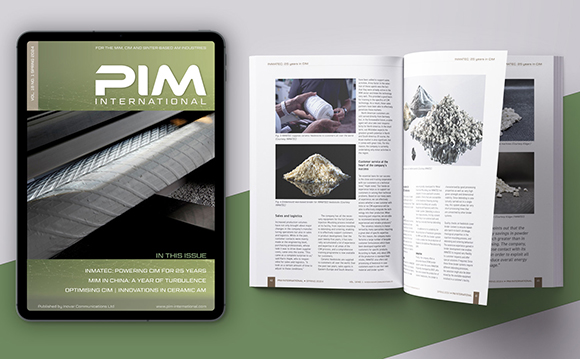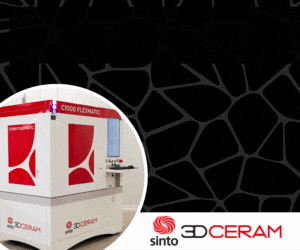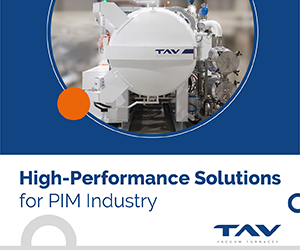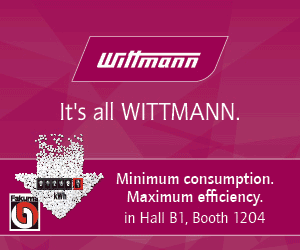Report sees continuing high growth in global Powder Injection Moulding markets
May 17, 2016
BCC Research, the market research company based in Wellesley, Massachusetts, USA, has issued a new report on the current growth, potential future growth and changes that are taking place in the global Powder Injection Moulding markets. The report updates that published in 2014 (see PIM International, March 2014, page 16). The latest report is the third PIM market research survey done by BCC since 2004 when it first reported the global market for Metal Injection Moulding to be around $383 million with expected growth to $571 million by 2009. The reported figure for 2009 turned out to be $985 million.
BCC Research states that by 2014 the global PIM market had more than doubled from the 2009 figure, reaching $2 billion, and that sales should reach $3.1 billion by 2020. This would see compound annual growth rates (CAGR) of 7.6% over the next few years. PIM sales in Asia in 2014 were estimated at $798 million and this figure is forecast to rise to nearly $1.3 billion by 2020, a CAGR of 7.9%. North American sales for PIM were said to have reached $492 million in 2014 and are forecast to reach $790 million by 2020, a CAGR of 8.2%.
The report also looks at the supply side of a number of metal and alloy powders used in Powder Injection Moulding, providing market data where available. The titanium powder market in particular is covered in some detail, with applications for Metal Injection Moulded titanium said to be growing strongly in the aerospace segment. On the application side, the report covers MIM manufacturers with detailed market analysis of various segments such as firearms, medical and dental products and the watch industry. The computer, communication and consumer electronics market is also discussed. Numerous lists of customers that import products in these market segments are provided, which should help MIM manufacturers grow their market base in a targeted geographical manner.
Finally, the report looks into some of the technical aspects of the industry and discusses the technical trends, current challenges and breakthroughs and potential future directions the industry will take. A chapter has been devoted to analysis of US patents related to the MIM industry with trends in various sub-categories discussed.

















